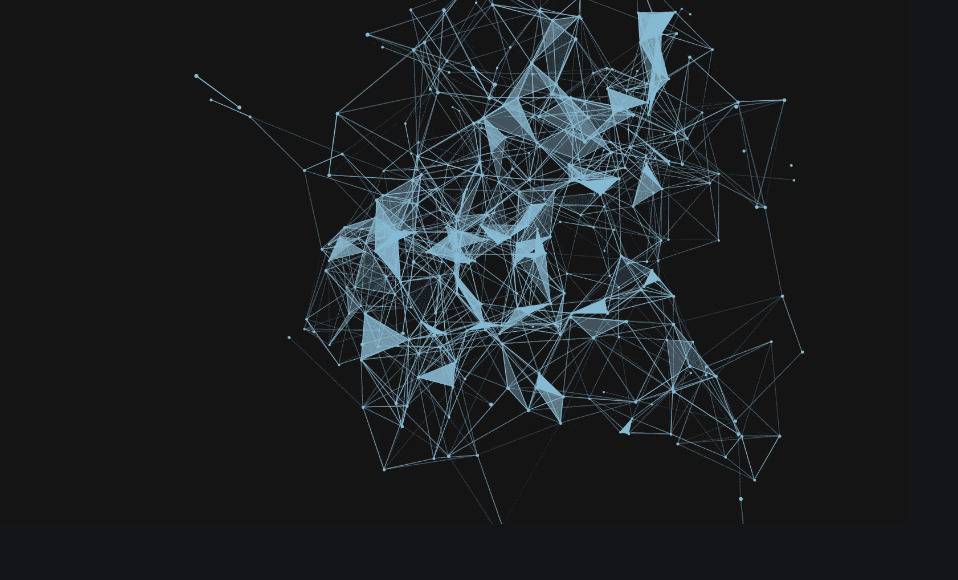
Facebook’s new SEER algorithm teaches itself using the Instagram database and a program to identify certain images. (Source: Wikimedia)
New Algorithm Shifts Programming Workload from People to Computers
For those of us old fogies that still use Facebook these days, the news about their new self-teaching algorithm is a game-changer, according to a story on wired.com. Will Knight writes that most AI algorithms are built using data curated and labeled, “by an army of human workers.”
Now, Facebook has shown how some AI algorithms can learn to do useful work with far less human help. The company built an algorithm that learned to recognize objects in images with little help from labels.
Called Seer (for SElf-supERvised) the new algorithm took more than a billion images scraped from Instagram, deciding for itself which objects look alike. Images with whiskers, fur, and pointy ears, for example, were collected into one pile. Then the algorithm was given a small number of labeled images, including some labeled “cats” to recognize images along with an algorithm trained using thousands of labeled examples of each object.
“The results are impressive,” says Olga Russakovsky, an assistant professor at Princeton University who specializes in AI and computer vision. “Getting self-supervised learning to work is very challenging, and breakthroughs in this space have important downstream consequences for improved visual recognition.”
Russakovsky says the Instagram images weren’t tailored to make independent learning easier. The Facebook research is a landmark for an AI approach known as “self-supervised learning,” says Facebook’s chief scientist, Yann LeCun.
LeCun pioneered the machine learning approach known as deep learning that involves feeding data to large artificial neural networks. Roughly a decade ago, deep learning emerged as a better way to program machines to do all sorts of useful things, such as image classification and speech recognition.
But LeCun says the conventional approach won’t scale.
“I’ve been advocating for this whole idea of self-supervised learning for quite a while,” he says. “Long term, progress in AI will come from programs that just watch videos all day and learn like a baby.”
How SEER Works
The Facebook research builds upon steady progress in tweaking deep learning algorithms to make them more efficient and effective. Self-supervised learning has been used to translate text from one language to another, but images are tougher. LeCun says the research team created a new way for algorithms to learn to recognize images even when part of the image is altered.
Facebook will release some of the technology behind Seer but not the algorithm itself because it was trained using Instagram users’ data.
Aude Oliva, who leads MIT’s Computational Perception and Cognition lab, says the approach “will allow us to take on more ambitious visual recognition tasks.” But Oliva says the sheer size and complexity of cutting-edge AI algorithms like Seer, which can have billions or trillions of neural connections or parameters—many more than a conventional image-recognition algorithm with comparable performance—also poses problems. Such algorithms require enormous amounts of computational power, straining the available supply of chips.
Reviews of the algorithm and more information about SEER make checking out the story worthwhile.
read more at wired.com







Leave A Comment